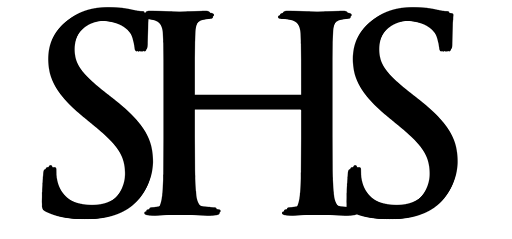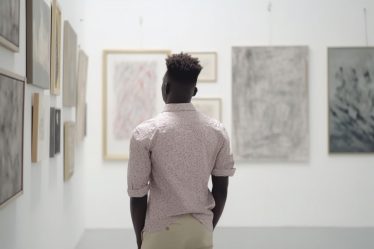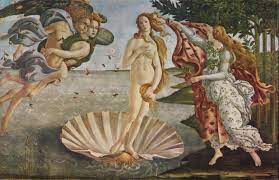Two works that follow the Amadis de Gaula: La tercera parte de la Coronica del muy excelente Principe do[n] Florisel de Niquea en la qual trata de las grandes hazanas de los excelentiffimos Principes do[n] Rogel de Grecia, y el Segundo Agefilao, hijos de los excelentiffimos principes do[n] Florisel de Niquea y Don Falanges de Astra, printed without date but c.1550, printed in Evora by the Herederos de Andres de Burgos, traditionally ascribed to Feliciano de Silva.
Don Florisel de Niquea. La primera parte de la Quarta de la Choronica de el excellentiffimo Principe Don Florisel de Niquea, que fue escripta en Griego por Galersis, fue sacada en Latin por Philastes Campaneo, y traduzida en Romance Castellano por Feliciano de Silva [together with] Segundo libro de la quarta parte de la Choronica del excelentisimo Principe don Florisel de Niquea, printed in 1568 at Zaragoza by Pierrez de la Floresta.
Both volumes together form the continuation of the eleventh part of the series generally referred to as the “Amadis de Gaula”. The original romantic tale was perhaps created in the 14th century, attribution not yet established; during the late 15th century and the first half of the 16th century, a series of chivalry romances were published, all continuations in theory of the Amadis, whilst in reality they were independent and “modern” productions. These two works are thus independent creations, the produce of an epoch were the ideal of knights was very much in vogue, as he was the representative of what was best of the middle ages, a time now lost. These fictions, often involving great feats and impossible loves, were continuously created throughout the century, these being amongst the most significant ones.
Third edition of the third part, after one of Medina del Campo 1535 and one of Seville, 1546, both, as this, very rare; second edition of the fourth part, after one of 1551, Salamanca. Fine printing of this Romantic chivalric work of literature, finely printed in round gothic type, two columns, and with title-page printed in two colors.
Copies of the third part in Spain at: Biblioteca de Cataluña, Biblioteca Nacional de Espana, Real Academia Espanola. BNF.
Third part: Palau, 10501, and 313280 (wrongly stating 295 ff.). Salva, 1516 (failing to mention the printing place, missing the title).
Fourth part: Palau, 10504 and 313277 (without mention of the second part, with 174 ff.). Salva, 1517.



